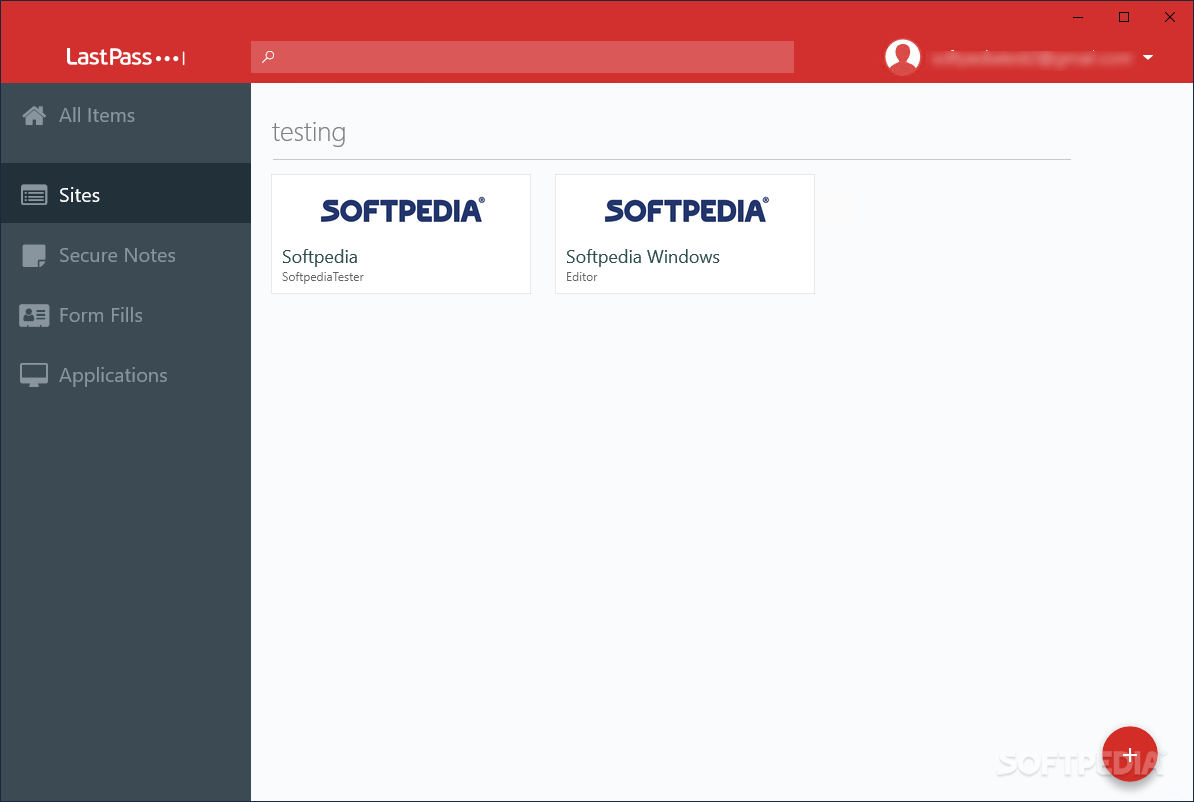
Go to *Strawberry Perl**'s website.Ĭlick on the corresponding version compatible with your OS (64bit or 32bit).

Note: Ensure there's nothing already in the Recycle Bin you want to save. If prompted, click Yes to permanently delete the CSV file.

Right-click on the Recycle Bin on your desktop. Open the folder containing the CSV file.To ensure your privacy you must now delete the CSV file.īecause CSV is unencrypted, you should delete the file immediately after importing it into 1Password. Herein rests your password data, safe behind 1Password's walls. Double-click on 1Password on your desktop.Ĭlick on the folder where you saved the CSV file.Ĭlick on your import to see its contents.

Steps for deleting the CSV file are found below. You'll want to delete the CSV file immediately following its import into 1Password. Save this file in a local folder rather than in a cloud service or shared folder. If prompted, type in your master password.Double-click on Firefox on your desktop.If you're uncomfortable doing this, follow these steps to switch from LastPass to 1Password while keeping your data encrypted. The following steps will place all of your LastPass data into decrypted plain text format. *A new version is slated for an August release.Įxport your LastPass data as a decrypted CSV file (the easy way)


 0 kommentar(er)
0 kommentar(er)
